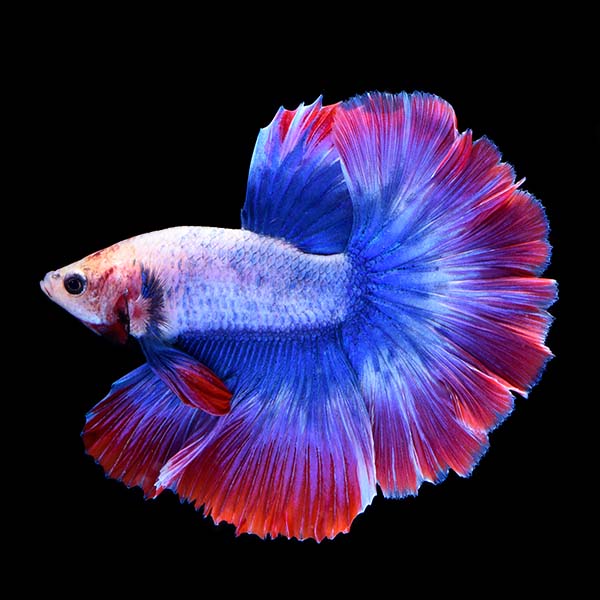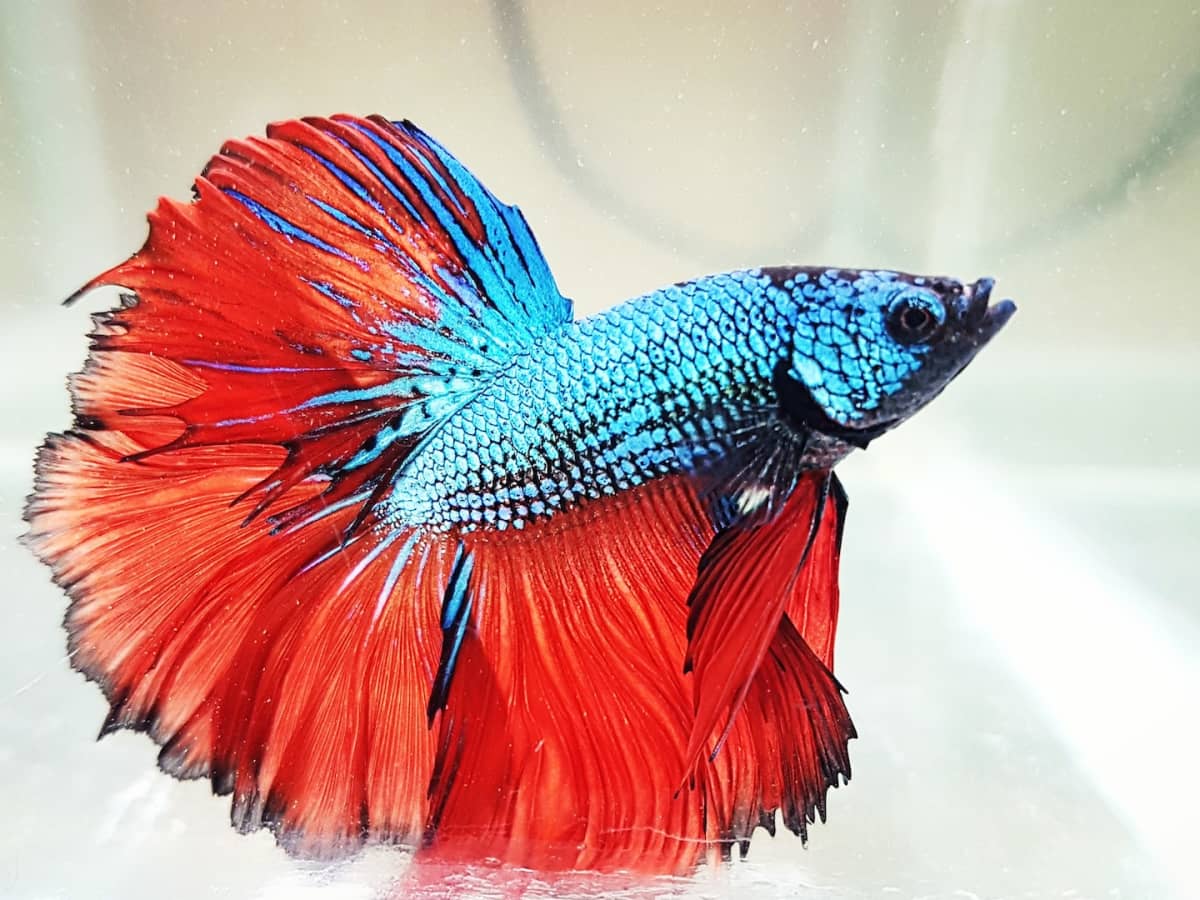How to Develop the Perfect Betta Fish Environment in your home
How to Develop the Perfect Betta Fish Environment in your home
Blog Article
Reproducing Betta Fish: a Comprehensive Step-By-Step Guide to Efficiently Raising Baby Bettas From Eggs to Adulthood
Breeding Betta fish is a precise endeavor that calls for careful planning and implementation to make certain the effective development of fry from eggs to develop fish. Picking genetically varied breeding couple with desirable qualities is just the start; developing an optimum environment and recognizing the intricacies of the breeding process are similarly important. As the male Betta diligently constructs a bubble nest and guards the priceless eggs, the succeeding phases of treatment and change demand attention to information and understanding of finest practices. How does one navigate the tough yet rewarding path of nurturing these lively animals to their adult years?

Selecting Breeding Pairs
When starting the journey of breeding Betta fish, choosing the ideal breeding pairs is important to accomplishing preferable qualities and a healthy and balanced lineage - betta fish. The initial step in this procedure is to determine the particular attributes you want to improve or preserve, such as color, fin type, and body shape. It is important to select genetically diverse sets to stay clear of inbreeding, which can lead to wellness concerns and unwanted characteristics
Review possible reproducing candidates thoroughly. A healthy and balanced male Betta ought to show vibrant shades, an energetic temperament, and well-formed fins, while the woman must additionally present dynamic pigmentation and a rounded stubborn belly, suggesting preparedness for spawning. Observing the character of both fish is essential, as hostile or extremely timid individuals might not breed effectively.
Keeping documents of the moms and dad fish's origins can assist you track genetic qualities and prospective problems. Ultimately, investing time in the selection process will dramatically improve the possibility of producing strong, vivid offspring that fulfill your reproduction objectives.

Preparing the Breeding Tank
Producing an optimal breeding atmosphere is a key action after picking suitable pairs for Betta fish. The reproduction tank must be especially created to provide convenience and promote the natural breeding actions of the fish. Beginning with a storage tank dimension of at the very least 10 gallons to ensure adequate area for both the male and women Bettas.
Keep a mild purification system to maintain the water tidy while avoiding strong currents that can worry the fish. Additionally, an air stone can be included in supply oxygenation without interrupting the water surface too much.
Temperature law is vital; go for a stable variety of 78-82 ° F(25-28 ° C) utilizing a reliable heating system. The pH level ought to be preserved in between 6.5 and 7.5, and routine water adjustments are needed to guarantee high water high quality.
Integrate drifting plants or generating mops to create hiding areas for the lady, while also encouraging bubble nest building by the male - betta fish. Lastly, make certain the tank great site is without sharp decorations and any possible threats, as the welfare of the fish read the article ought to always be focused on during this crucial stage of breeding.
The Breeding Process
Commonly, the breeding process for Betta fish includes a series of distinctive and evident behaviors that suggest preparedness for recreation. The male Betta starts by building a bubble nest at the water's surface, which serves as a website for the fed eggs. This nest is essential, as it gives a risk-free setting for the eggs until they hatch out.
Once the nest is established, the man will present courtship habits, such as flaring his fins and exhibiting dynamic shades to bring in the lady. The lady, upon sensing the man's preparedness, will certainly react by displaying vertical stripes along her body, signaling her receptiveness.
The fertilized eggs after that fall to the bubble nest, where the male thoroughly accumulates and returns them to the nest. Following this, the male presumes responsibility for safeguarding the nest and ensuring the security of the eggs up until they hatch, typically within 24-36 hours.
Caring for Betta Fry
Caring for Betta fry requires cautious focus to their atmosphere and nutrition to ensure healthy useful site growth and development. After hatching, Betta fry are extremely tiny and at risk, demanding a secure and tidy habitat.
Feeding Betta fry is just as vital. They ought to be provided infusoria or finely smashed top quality fry food, as their mouths are as well tiny to deal with larger particles. As they grow, you can gradually present bigger foods, such as child salt water shrimp or powdered flakes, to guarantee they get sufficient nourishment. Feed them percentages a number of times a day, taking care not to overfeed, which can lead to water top quality issues.
Transitioning to Grownup Bettas
As Betta fry fully grown, transitioning them to grown-up Bettas is a critical stage that calls for mindful management of their atmosphere and social communications. This process commonly starts when the fry reach around six weeks old, at which point they can be gradually presented to an extra organized living environment.
To facilitate this shift, it is vital to guarantee that the water specifications-- such as temperature, pH, and ammonia levels-- are optimal and stable. Grown-up Betta fish thrive in warm water (around 78-80 ° F) with a pH of 6.5 to 7.5. Progressively adjust the fry to these problems to lessen stress and anxiety.
Social interactions are another vital element; male Bettas are notoriously territorial and aggressive. It is recommended to different males into private tanks as they develop. Women Bettas can be housed together, however care needs to be required to keep an eye on for indications of hostility.
In addition, nutritional modifications need to be made as the fry expand. Integrate high-quality pellets and live foods to sustain their growth and health and wellness. By taking care of these aspects efficiently, you can promote an effective shift to their adult years for your Betta fish.

Conclusion
Effective breeding of Betta fish needs careful attention to detail throughout the entire process, from choosing genetically diverse pairs to offering optimum care for fry. By making sure ideal breeding problems and preserving water top quality, the possibility of healthy and balanced spawn raises significantly. In addition, a balanced diet regimen and steady adaptation to grown-up atmospheres are critical for the growth and development of Betta fish. Complying with these steps faithfully promotes a thriving population of Betta fish, improving both their health and wellness and vigor.
Report this page